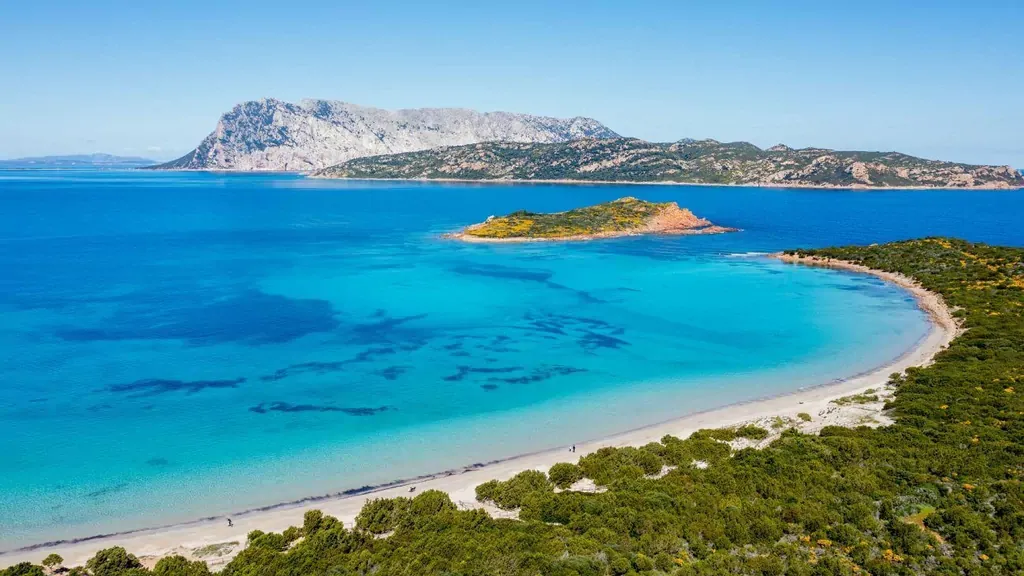The search for a 39-year-old Irish hiker who vanished last Friday on the Italian island of Sardinia has come to a tragic conclusion with the recovery of his body in a secluded area. The hiker was last spotted embarking on the Cammino Minerario di Santa Barbara, a challenging 19.3km trail known for its scenic yet hazardous paths.
Italian news sources, including L’unione Sarda, reported that emergency services found the hiker’s body along the Canale di Sa Rocca Niedda, suggesting he may have lost his way during the third stage of the trail between Masua and Cala Domestica. This section is notorious for its difficult terrain and the risk of falling debris, particularly after the panoramic Cantina Belvedere.
To enhance the search efforts, the Cagliari fire brigade from southern Sardinia established an advanced command post. They deployed a local command unit vehicle to coordinate teams on the ground, which included specialists in topography applied to rescue (Tas), an alpine and river caves team, drone operators, and a canine unit. Additionally, the national Drago 144 helicopter was mobilized to aid in the extensive search.
The missing hiker, whose identity has not been disclosed pending notification of relatives, was reported missing by his brothers. It is believed that he became separated from them during the hike. In response to the tragic news, the Department of Foreign Affairs has confirmed their awareness of the situation and is currently providing consular assistance to the hiker’s family during this distressing time.
This incident has cast a spotlight on the inherent risks associated with hiking on challenging trails, especially those like the Cammino Minerario di Santa Barbara, which offers breathtaking views but also presents significant dangers due to its rugged terrain and exposure to natural elements.
The local authorities have expressed their condolences to the family of the deceased and are urging hikers to take all necessary precautions when exploring such demanding environments. Safety measures, adequate preparation, and clear communication are essential to prevent similar tragedies in the future.
